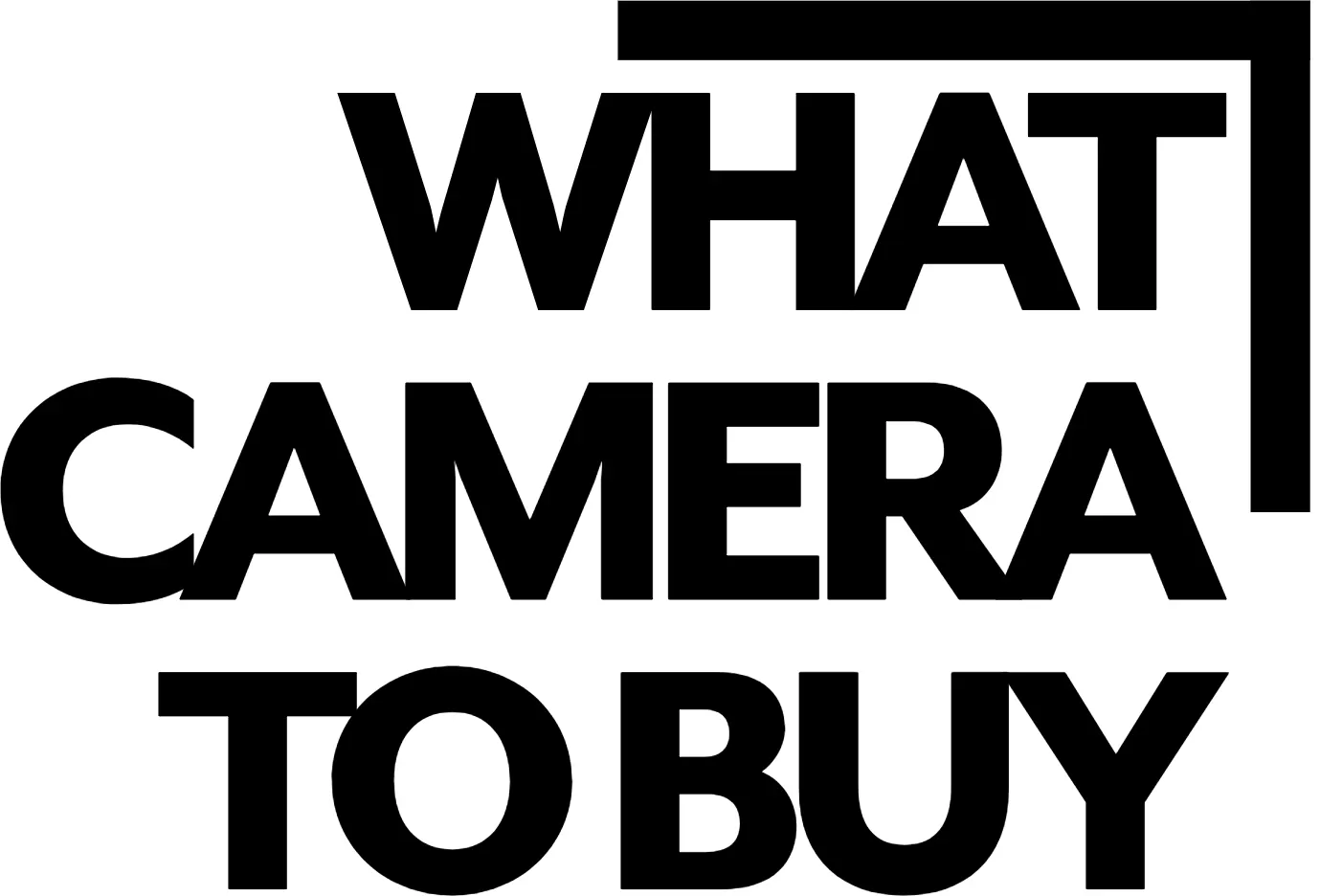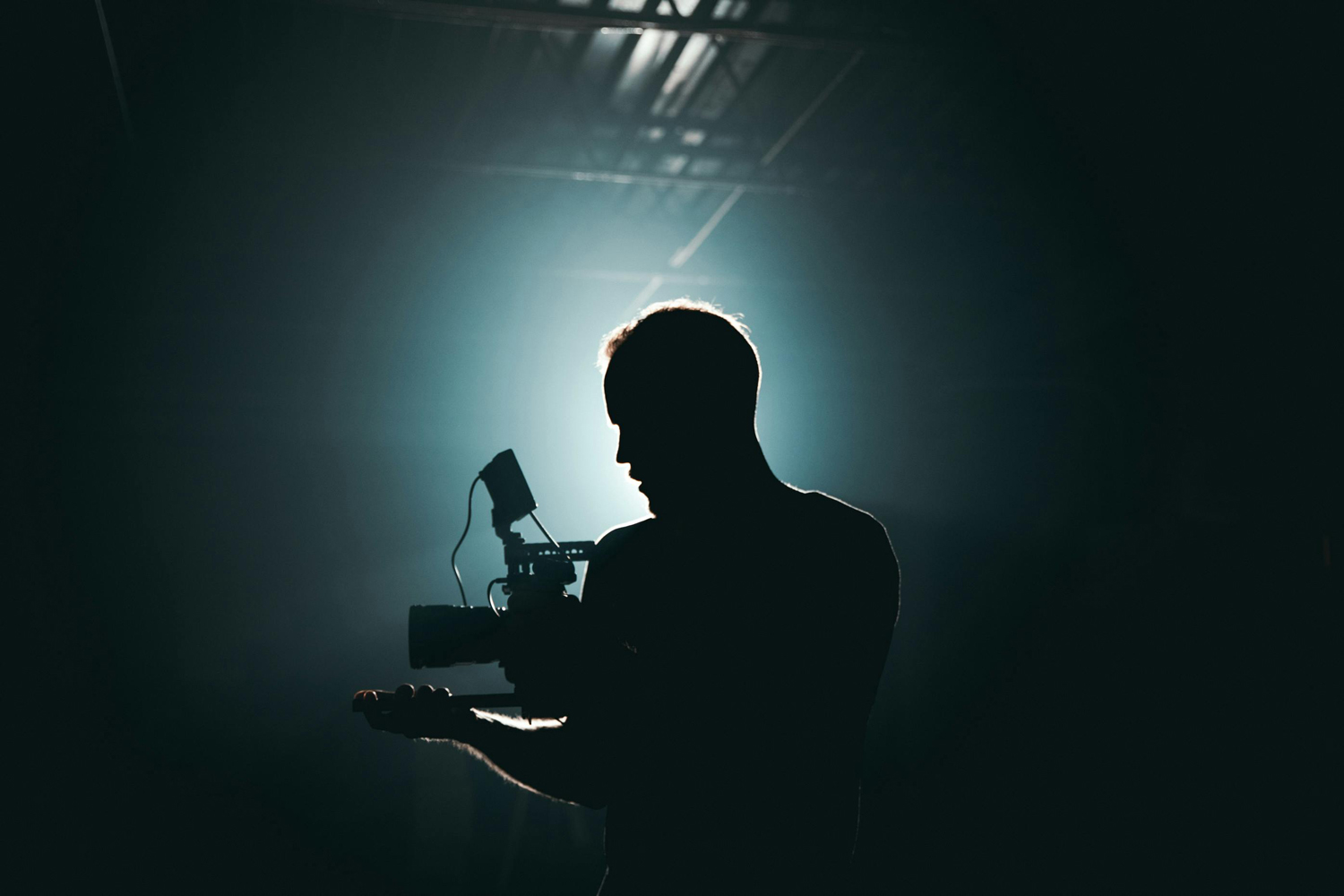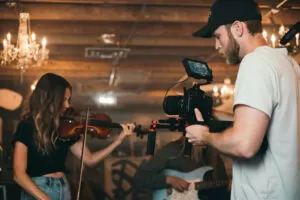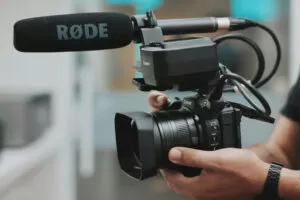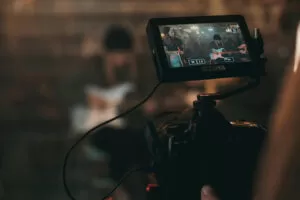Pixels Aren't Everything: Why Low Megapixel Count is a Secret Weapon for Video
Why Megapixels Don’t Matter for Video-Centric Cameras like the Sony A7S III?
The Sony A7S III and other video-focused cameras stand out in the market for their exceptional low-light performance and superior video quality, despite having a relatively low megapixel count. This approach is a deliberate design choice that prioritizes the needs of videographers over still photographers. The key to understanding this lies in the fundamental difference between how a camera captures a single photograph and a continuous stream of video.
The Math Behind Video Resolution
Unlike still photography, where a high megapixel count directly translates to a larger, more detailed image, video is constrained by standard resolutions. For a camera to produce 4K video, it only needs a sensor with enough pixels to capture a 3840 x 2160 image. This works out to approximately 8.3 megapixels. Even for 8K video, the requirement is only around 33 megapixels (7680 x 4320). A camera with a 24 or 40-megapixel sensor has a far higher pixel count than what’s needed for 4K video.
So, what happens to all those extra pixels in a high-resolution sensor when shooting video? The camera’s processor must perform a complex process called pixel binning or line skipping to downscale the image to the required video resolution. In pixel binning, the camera combines data from adjacent pixels to create one “super pixel” with more light information. While this can improve the signal-to-noise ratio, it’s not the most efficient use of the sensor’s surface area. Line skipping is a less effective method where the camera simply ignores entire rows of pixels. Both of these processes can introduce artifacts like moire and aliasing, which degrade the final video quality.
The Sony A7S III’s Advantage: The 12.1 MP Sensor
The Sony A7S III’s 12.1-megapixel sensor is not a limitation; it’s a strategic advantage. Its pixel count is just slightly higher than the 8.3 megapixels needed for 4K video. This allows the camera to use a technique called full pixel readout without binning. This means every single pixel on the sensor is used to create the final 4K video image. This process is more efficient, produces a cleaner image, and results in a sharper, more detailed video with none of the moire or aliasing artifacts that plague cameras with higher megapixel counts.
The Power of Larger Photosites
The other major benefit of a lower megapixel count on a full-frame sensor is that each individual pixel, or photosite, can be made physically larger. A 12.1-megapixel full-frame sensor has significantly larger photosites than a 45-megapixel sensor of the same size. These larger photosites are like bigger buckets for collecting light. They can capture more photons in the same amount of time, which translates directly to superior low-light performance and lower image noise.
This is the primary reason the A7S III is known as a low-light beast. Its large photosites allow it to capture clean, usable footage at much higher ISO settings than its high-resolution counterparts. For a videographer, this is a game-changer, as it allows them to shoot in challenging lighting conditions without the need for additional lighting equipment, or to achieve a more cinematic look with a fast lens and a high shutter speed.
A Final Thought: The Trade-off
The decision to buy a camera like the Sony A7S III is a clear trade-off. You’re sacrificing the ability to produce massive, high-resolution still images for unparalleled video performance, especially in low light. For a professional videographer, a film student, or a content creator who primarily works in video, this is a clear win. They don’t need a 60-megapixel image; they need a clean, sharp, and noise-free video file. The megapixel debate is a perfect example of how more is not always better. In the world of video, a lower, more deliberate megapixel count is a sign of a camera built for a specific purpose, and for that purpose, it excels.This SEO configuration is designed to target users searching for information about camera specs, specifically in the context of video, and to position the article as a definitive resource on the topic.
What Camera to Buy for Video Shooters

What Camera to Buy for Video Shooters?
The world of video is a dynamic and creative space, and modern cameras are more capable than ever of capturing stunning moving images. Whether you’re a budding vlogger, an aspiring filmmaker, or a hybrid shooter who needs to do both photo and video, your camera choice will be based on a specific set of criteria. The needs of a video shooter are different from those of a still photographer, with an emphasis on resolution, frame rates, and professional features. This article will guide you through the key features to look for, helping you find a camera that empowers you to create amazing video content.
The Vision in Motion: Essential Camera Features
The best camera for video is one that offers a balance of image quality, professional features, and ease of use.
- Video Resolution and Frame Rates: High-quality video starts with a high resolution. While 1080p Full HD is still standard, shooting in 4K or even higher resolutions gives you more options in post-production. Look for a camera that can shoot in these higher resolutions with high frame rates (e.g., 60p or 120p) for smooth motion and the ability to create slow-motion effects.
- Autofocus for Video: The autofocus system is a critical feature for video. You need a camera with a fast, reliable, and continuous autofocus system that can smoothly track a subject as they move. Advanced features like face and eye detection for video are a huge advantage, as they allow you to focus on your composition and story instead of worrying about a subject going out of focus.
- Audio Inputs: High-quality video needs high-quality audio. A camera with a microphone input is essential for connecting an external microphone, which will provide significantly better sound than the camera’s built-in mic. Some cameras also have a headphone jack, which allows you to monitor your audio levels and ensure your sound is clean and free of distortion.
- Articulating Screen: A fully articulating or flip-out screen is a game-changer for video shooters. It allows you to see yourself when you’re in front of the camera (vlogging), or to shoot from unique angles without having to strain to see the screen.
- In-Body Image Stabilization (IBIS): IBIS is a powerful feature that helps to reduce camera shake, allowing you to shoot smooth, stable video clips handheld or while moving. This is a huge benefit for “run-and-gun” style shooting and a must-have for content creators.
- Logarithmic Profiles and Video Codecs: For serious video editors, a camera that can shoot in a “flat” or “log” profile is a major plus. These profiles retain more dynamic range in the video file, giving you much more control over the color and look of your footage in post-production. The type of video codec the camera uses is also a factor, with newer, more efficient codecs being a huge convenience for workflow.
The Importance of Lenses and Accessories
While a camera body is the foundation of your video kit, the lenses and accessories you choose are what truly make your videos stand out. For video, you might need a wide-angle lens for vlogging or a versatile zoom lens for general shooting. A fast prime lens is great for cinematic, shallow-depth-of-field shots.
Consider a camera system that has a good range of video-friendly lenses and is compatible with a wide array of accessories, such as external microphones, lights, and gimbals.
Summary: Your Vision in Motion
Choosing a camera for video shooting is a different beast than choosing one for stills. Your priorities should be on resolution, frame rates, and a reliable autofocus system. A camera with a microphone input, an articulating screen, and in-body image stabilization will make a huge difference in your video production. The key is to find a camera that you are comfortable using and that allows you to bring your creative vision to life.
